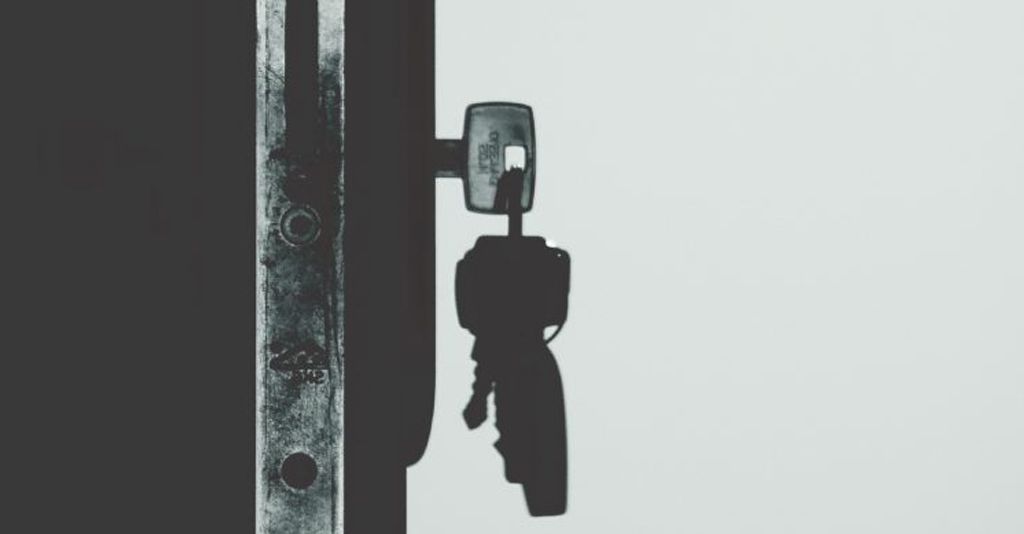Capital One keeps closing branches, even as rivals open them Even as some of its rivals have concluded that they need to add branches to attract more deposits, Capital One has stuck to its strategy of aggressively closing branches and gathering the bulk of new deposits online.
The McLean, Va., company, with roughly $373 billion of assets, has shuttered more than half of its branches over the past decade, including nearly 50 in the second quarter alone, according to a recent analysis by Sandler O’Neill & Partners. It now has fewer than 500 branches in eight states and the District of Columbia.
The only bank that has reduced its branch count anywhere near the same rate is HSBC USA, and even it seems to have concluded that the cuts may have been too drastic. The U.S. arm of the British banking giant HSBC said in June that it plans to add dozens of new branches over the next four years, largely in an effort to accelerate deposit growth.
But unlike HSBC, which has seen its total deposits decline slightly in recent years, Capital One appears to have suffered few ill effects from the branch closures.
Over the last four years, its total deposits have increased by an average of 5% per year, according to financial filings. By contrast, the average deposits among 31 big banks in its peer group has grown at a 3.8% clip over that same time, according to an analysis of Federal Deposit Insurance Corp. data. The bulk of its deposit growth has come via Capital One 360, its digital-only arm that it acquired from ING Direct in 2012.
Paul Schaus, the CEO of the consulting firm CCG Catalyst in Phoenix, said that Capital One has been able to sharply reduce its branch count because its “digital strategy is successful.”
Keep reading on American Banker.






